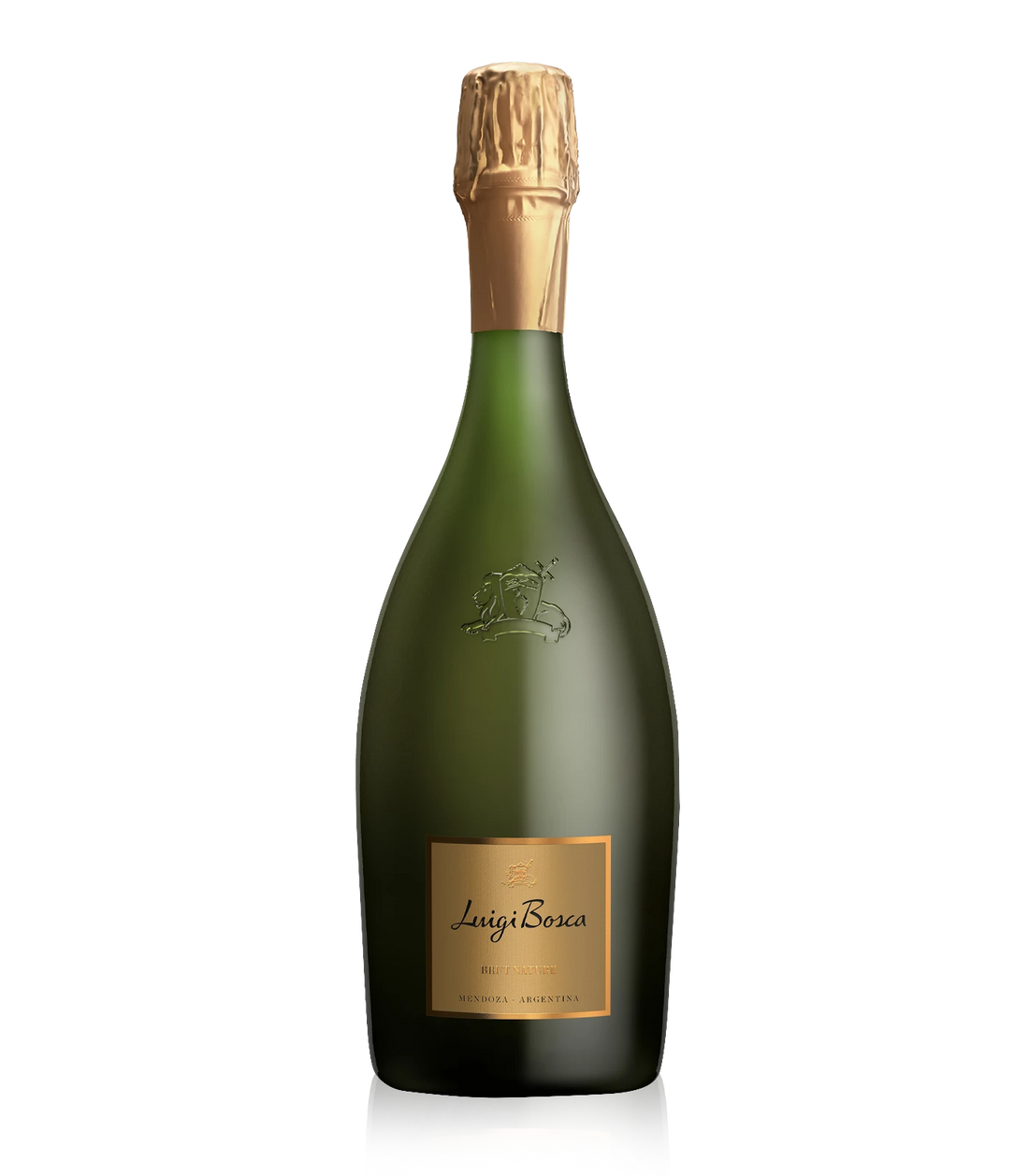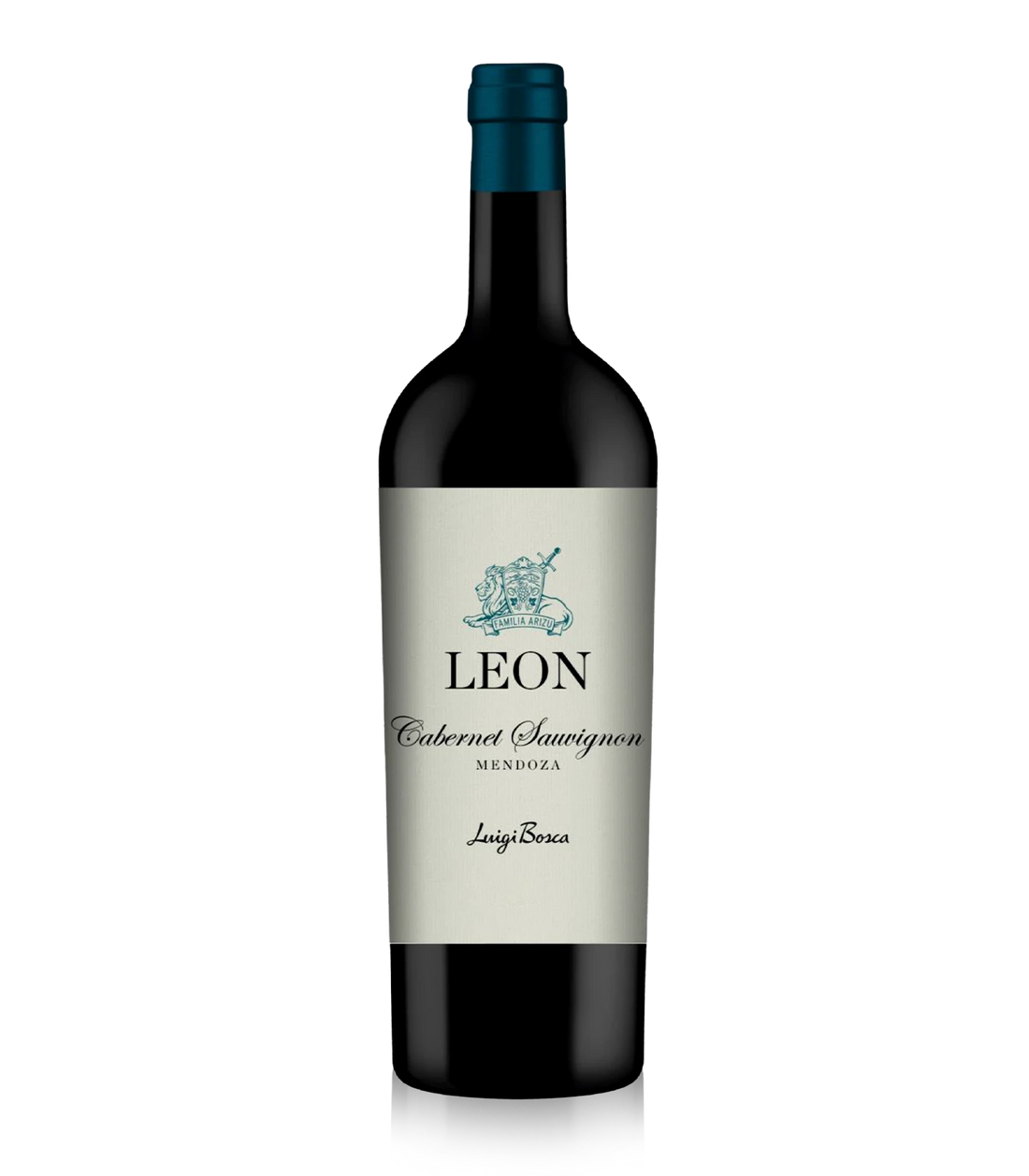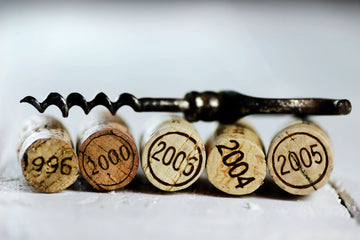Terms like organic, vegan, and biodynamic appear more often on wine labels today, reflecting a growing global interest in sustainability and mindful consumption. Each term refers to a different approach in the vineyard or the cellar, and understanding these distinctions helps you make more informed choices when selecting a bottle.
Organic Wine

Organic wine begins with grapes grown without synthetic pesticides, herbicides, or chemical fertilizers. The focus is on soil health, natural biodiversity, and farming practices that avoid synthetic intervention. This approach mirrors the principles used in organic fruit and vegetable farming.
During fermentation, all wines naturally produce sulfites. Organic wines may contain these naturally occurring sulfites, but additional sulfites are limited or avoided depending on local regulations. The goal is to reduce chemical inputs while preserving the wine’s stability.
How Organic Wine Tastes
Organic wines do not follow a specific flavor profile. A Chardonnay or Pinot Noir made from organic grapes will taste similar to one made conventionally, since winemaking choices play a significant role in style. However, many organic growers believe healthier soils lead to cleaner fruit expression and greater purity in the final wine.
Organic Vineyard Practices
Organic farming often extends beyond avoiding chemicals. Vineyards typically adopt a wider set of environmentally conscious practices, such as:
- Using natural composts to support beneficial insects.
- Encouraging biodiversity to reduce reliance on treatments.
- Allowing hens or other animals to help control pests and enrich the soil.
- Using lower-emission machinery to minimize environmental impact.
Many regions have official certification bodies. If a wine meets the required organic standards, you will usually find a certification logo on the label.
Vegan Wine

Although wine is made from grapes, not all wines are automatically vegan. The key factor is the fining process, which clarifies wine before bottling. Young wines contain natural particles such as proteins, tannins, and tartrates. They are harmless but can make the wine appear cloudy.
To remove these particles, producers traditionally used fining agents derived from animal products, such as egg whites or milk protein. These substances bind to the particles and help remove them. Even if only tiny traces remain, the wine is no longer considered vegan.
How Vegan Wines Are Made
Producers who want to avoid animal-derived fining agents use alternatives such as:
- Bentonite clay.
- Pea or potato protein.
- Mineral or plant-based agents.
Some wines skip fining altogether and clarify naturally over time, making them vegan. As vegan diets grow worldwide, these wines are becoming increasingly common and clearly labeled.
Biodynamic Wine

Biodynamic wine is rooted in the agricultural philosophy developed by Rudolf Steiner in the early twentieth century. It considers the vineyard a living, self-sustaining ecosystem influenced by soil life, plant health, lunar cycles, and seasonal rhythms.
This approach builds on organic farming and adds a holistic dimension. Biodynamic growers prepare specific herbal and mineral composts and apply them following natural cosmic calendars. While the practices may seem unconventional, many growers believe they produce grapes with strong vitality and character.
How Biodynamic Farming Works
Biodynamic viticulture typically includes:
- Enhancing soil health with natural compost preparations.
- Applying treatments at particular lunar or seasonal moments.
- Encouraging diverse plant and animal life in the vineyard.
- Minimizing intervention in the winery, sometimes avoiding fining or filtration.
Biodynamic wines can appear slightly cloudy or more natural-looking due to minimal processing. Certification is regulated internationally, most notably by organizations dedicated to biodynamic standards.
Understanding Your Options
Organic, vegan, and biodynamic wines reflect different philosophies, but all aim to respect nature and promote healthier, more transparent production. Whether you prefer the clarity of vegan practices, the purity of organic farming, or the holistic approach of biodynamics, each style offers a unique way to explore wine with greater awareness.










